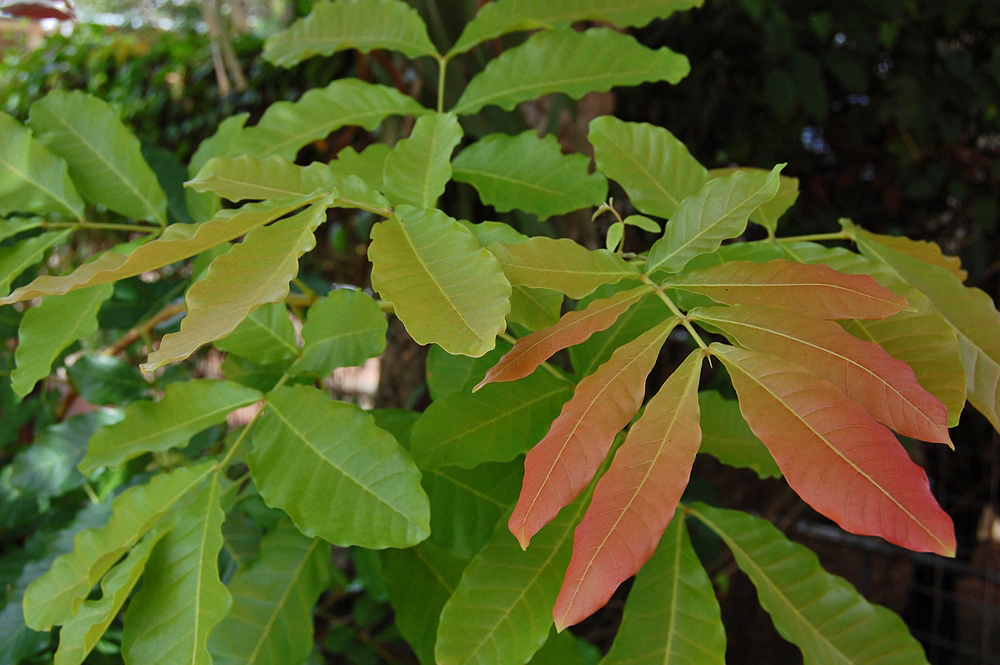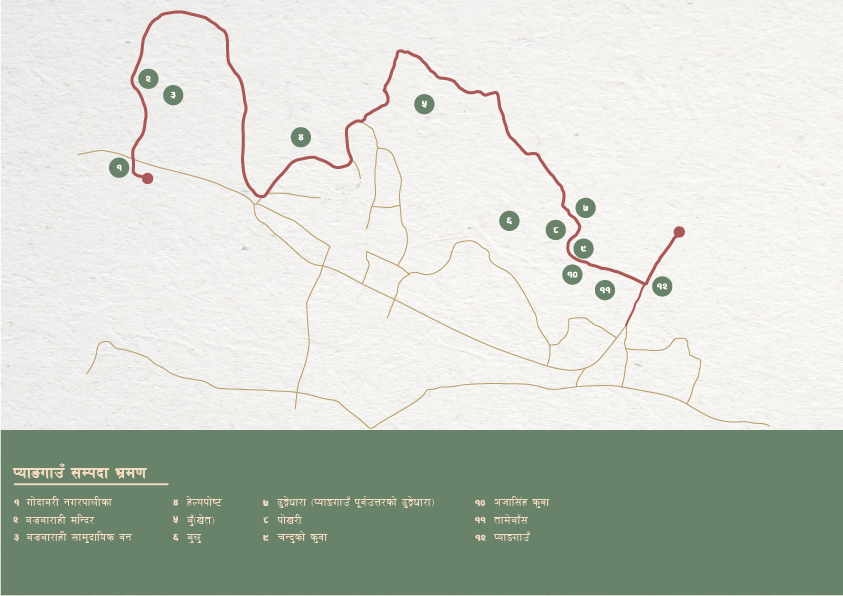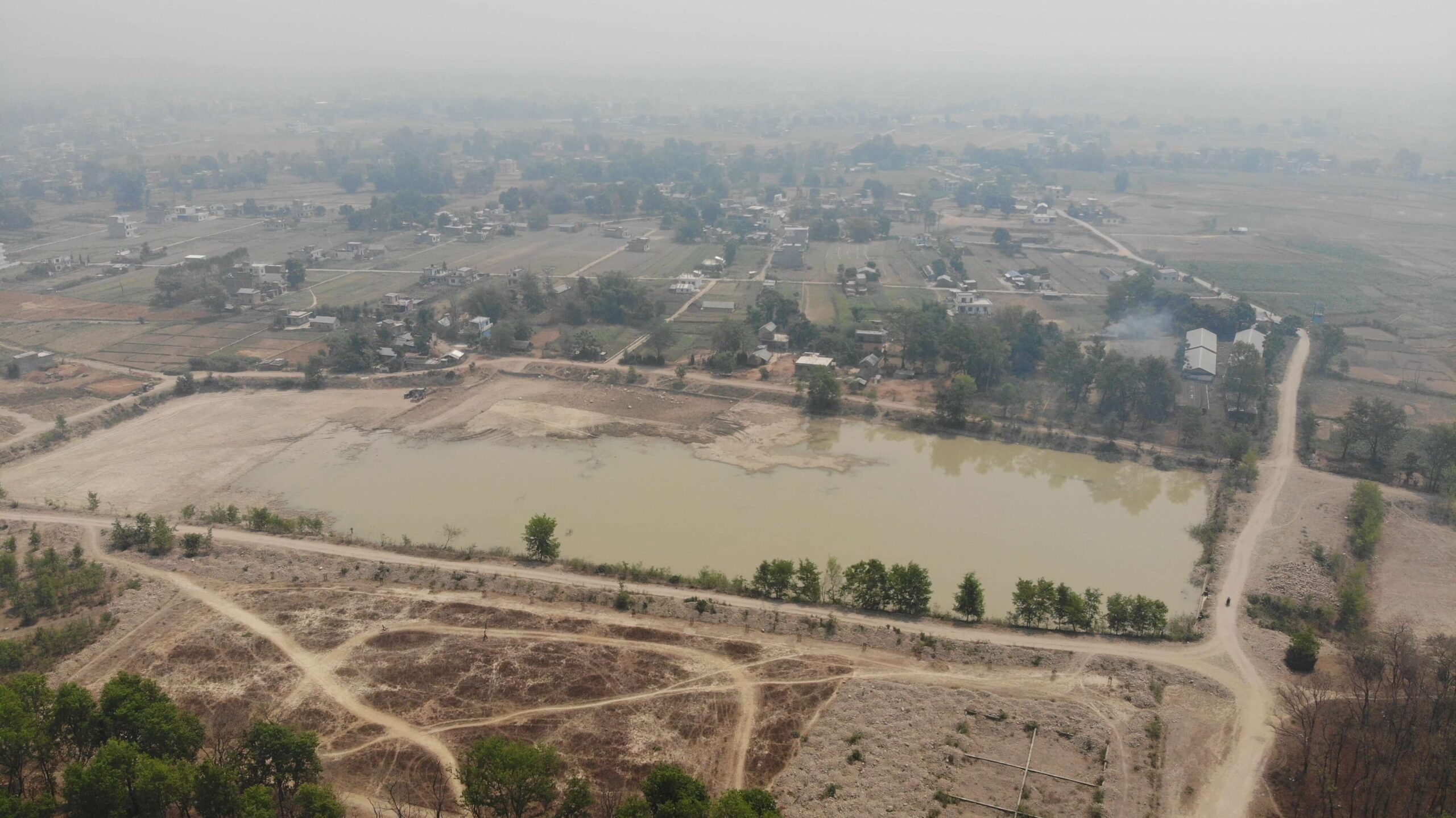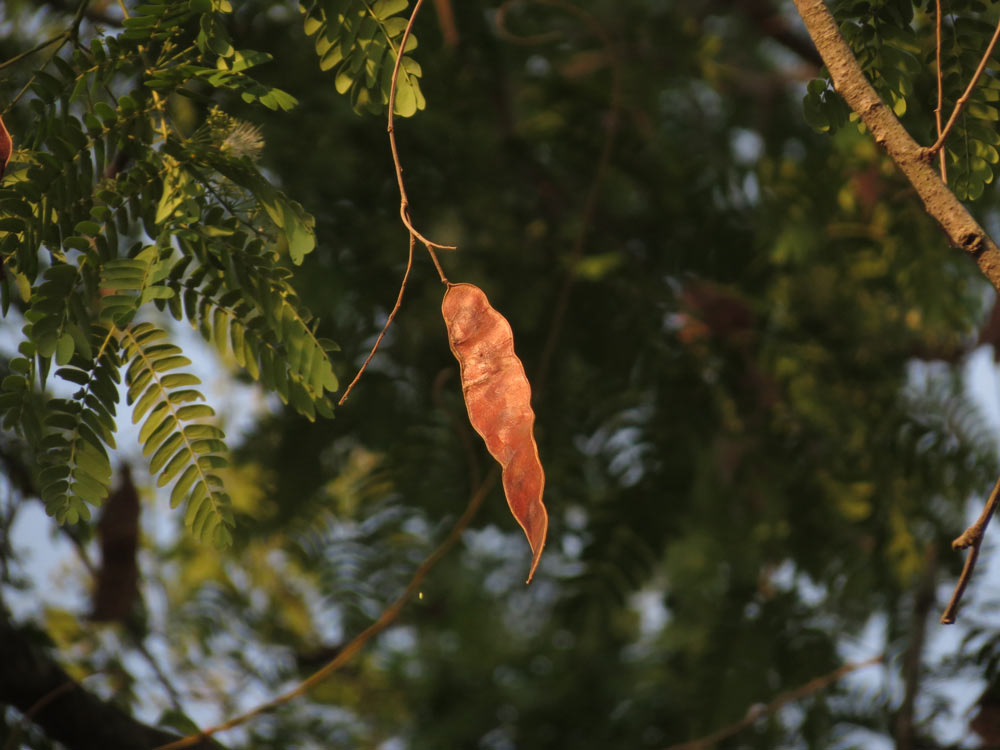Find and Get Plants Around You
Geo Location of Nurseries all over Nepal with contact details
Frequently Asked Questions and answers to get seedlings from Government Agencies
Where can we get seedlings?
The following are the offices entities in Nepal where plants can be obtained by paying and not paying fees.
- Forestry and environmental related agencies
In Kathmandu Valleys
- Forest Seed and Storage Centre, Hattisar Kathmandu.
- Division Forest Offices Kathmandu Hattisar, Lalitpur Godawari, Bhaktapur ( On the way to Sanothimi from Pepsicola on the right turn after crossing the Manohara Bridge).
- Soil and Watershed Management Office, Hattiban, Lalitpur.
Note: The nurseries may locate at different locations under their offices.
Outside the Kathmandu Valleys
- Rastrapati Chure Terai Madhes Conservation Development Committee’s Cluster Offices at Salakpur, Morang ( Province one), Bharatpur ( inside Division Forest Office Complex) ( Bagmati Province), Butwal, Jogikuti ( Lumbini Province) and Lamki, Kailali ( Sudurpaschim Province).
- Forest Seed Laboratory and Storage Centre, Bagar, Pokhara.
- Division Forest Offices and Sub-Division Forest Offices.
- River Basin Management Centres Udaipur, Pokhara, Jajarkot and Baitadi.
- Federal Watershed Resource Management Centre, Kulekhani, Markhu, Makwanpur.
- Province Level Soil Conservation Management Offices ( Province No 1 Dhankuta and Okhaldhunga; Province No 2: Siraha Lahan and Rautahat Chandranigahapur; Bagmati Province: Lalitpur and Sindhupalchowk; Gandaki Province: Tanahu and Parbat; Lumbini Province: Dang and Palpa; Sudur Paschim Province: Dadeldhura and Doti; Karnali Province: Surkhet and Jumla).
- Tribhuvan University Institute of Forestry Pokhara and Hetauda Nursery.
- Plant Resources Centres and Garden Ilam and Maipokhari (Ilam); Dhaushadham ( Dhanusha); Hetauda, Daman and Tistung ( Makwanpur); Kapoorkot ( Salyan) ; Nepalgunj and Dhakeri ( Banke); Dhangadi ( Kailali); Khalanga ( Jumla) and World Peace Park , Pokhara ( Kaski).
- Forest Product Development Board Sagarnath (Sarlahi) and Kerkha ( Jhapa).
- Agriculture and Livestock Offices
- Agriculture Research Centres, Horticulture Centres, Agriculture Knowledge Centres ( Especially horticultural plants) and Veterinary Hospital and Animal Care Centres (wherever they have programme to raise fodder seedlings and plants) .
- Please see the application form below to request the seedlings.
Which species are available?
- The available seedlings produced in their nurseries will be available for distribution.
- In general, from the forestry and environmental sectoral offices, forestry, fodder and aesthetic or decorative type of seedlings will be available.
- Further, in general, fruit or horticultural plants may be available if they have approved programme to raise the seedlings or distribute such kind of plants to special group of people or targeted activities.
- Agricultural offices and horticulture centres including research centres distribute the horticultural seedings and the Veterinary Hospital and Expert Centres may distribute the fodder species.
How many seedlings do we get?
- It depends on the objective of the proposed plantation and demands by individuals and institutions.
- The number of plants is determined according to their proposed plan. If it is requested with a firm evidence and plan to plant the seedlings, then the number will be increased.
- In general, individual people can have 10 to 20 seedlings or in a few districts they can have up to 50 seedlings with the application only.
Which size(tall, medium and small) seedlings are available?
- Majority of seedlings size will be 30 to 50 cm height in the season.
- For special purpose, a few nurseries can have tall plants which is said multi-year seedlings more than 2 feet high which are being planted in the urban areas. These kinds of seedlings will be available upon special request for special plantation event.
- In addition, in Terai and in a few nurseries cuttings and bare root plants will be available for distribution. In Terai, sissoo and teak seedlings are produced with this technique.
- In urban areas, it is recommended to plant large plants 2 to 3 feet tall.
- For special purpose, under the approved program of the office and for urban tree planting, tall plants and seedlings grown in nurseries for more than one year have been provided. We have already mentioned in 2nd point Sir.
For what purposes do we get seedlings?
Seedlings are distributed with the following objectives.
- to decorate the individual premises by aesthetic or avenues plants.
- to celebrate different days and ceremonies in the office premises and office land including by other individuals.
- to decorate and maintain greenery around office and public institutions’ premises.
- to enhance productivity of private land through private plantation.
- To beautify urban land, along the urban roads, highways and canals
- to regenerate and restore the degraded land, river banks and open spaces of the various forest lands such as leasehold, community forest land and other public lands.
Can we get many seedlings from government nurseries?
- For Community Forests and other forests, the seedlings/plants can be provided as per the tree planting scheme of the institution and offices but the office producing the plant should be informed in time.
Do we get seedlings for private plantation?
- Seedlings can be made available to private forest owners only in proportion to the number of seedlings produced in the nursery in the office.
- If more plants are needed, the private forest owner should prepare the demand plan in advance.
How much should we pay for seedlings?
- Normally, the plants distributed by the forest and environment related agencies are distributed free of cost. However, some agencies also charge a fee.
- The plants are being provided free of cost by the Division Forest Offices and respective sub-division forest offices.
- However, farmers may have to invest in a program that is being implemented through an investment agreement in partnership under the approved program for a special programme.
- Some plants distributed by the botanical offices ( Plant Resources Offices) are priced. It should be checked by contacting the respective offices.
- Among the plants distributed by the Agriculture Knowledge Centres and Veterinary Hospital and Animal Care Centres distribute the horticultural plants charging fees as per their rule and fodder including forage slips and seedlings are distributed free of cost .
How early should we request for seedlings in the office?
- In general, for a small number of seedlings less than 50 in a few districts or 20 to 50 seedlings, he/she can request instantly with fulfilling the requirements.
- Generally, if a plot and land is to be planted for special purpose including private forest, if it is submitted to the office with a plan one financial year in advance, it will be ensured that the saplings will be available as per the target.
- The time of distribution of seedlings is usually determined by the offices after the onset of the first monsoon.
- The length of the distribution period depends upon the demands and supply system and species choice. In a few districts in the Terai, sometime the seedling distribution arranges for a week only due to high demand and low number of seedling production.
- In majority districts, the distribution of seedlings begins from second week of June and until August ( upon availability of seedlings in the nursery). A few nurseries keep seedlings all seasons and small number of seedlings they distribute throughout the year with assurance of protection and care.
- A few offices public notices of seedling distribution week or days through FM and local media.
What documents is need to get seedlings?
Sometimes an office is asked to affix a postage stamp of Rs. 10 on the application.
The application should specify the location, address and area for which the plant is requested.
If the application is to plant a lot of plants for the individual (usually for more than 50 and sometimes more than 25) a copy of citizenship along with the application and a photocopy of the land title deed ( Lal Purja ) of the place of planting should also be submitted.
An office is also required to fill up a demand form, especially for plants or seedlings filed in the office store.
If the applicant is individual, then sign with contact number and if the application is from institution then the application has to be requested in the letter of the office with the official seal.






